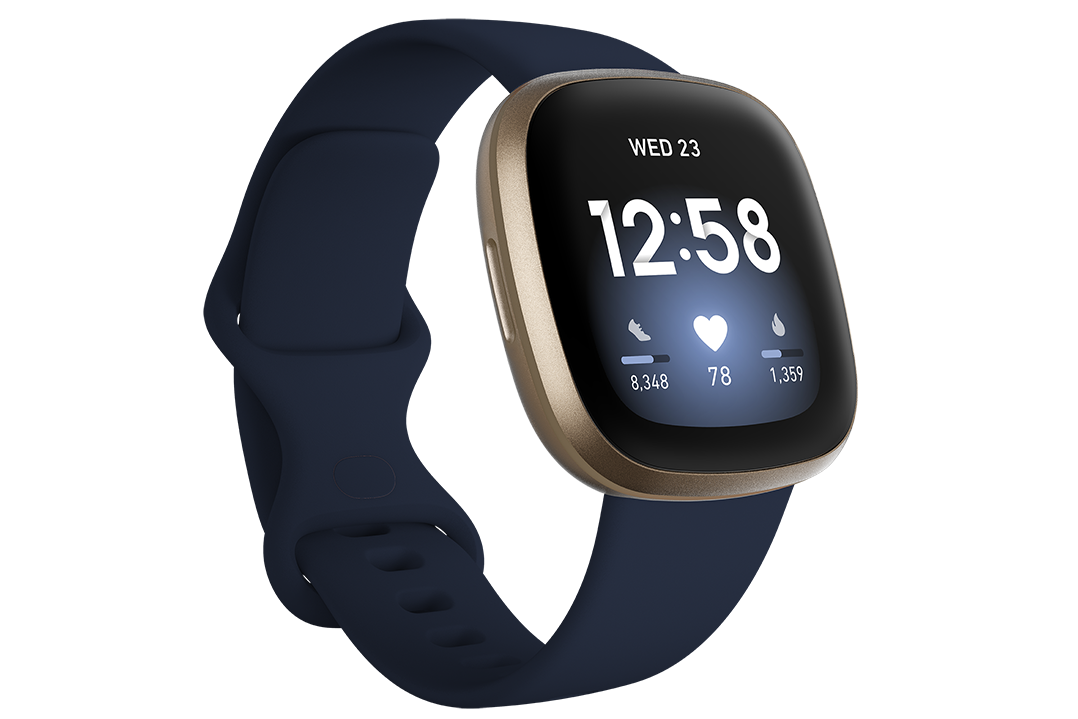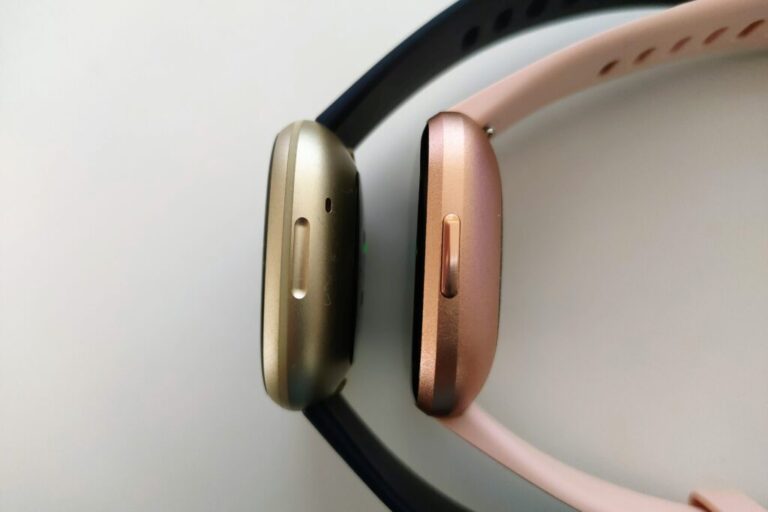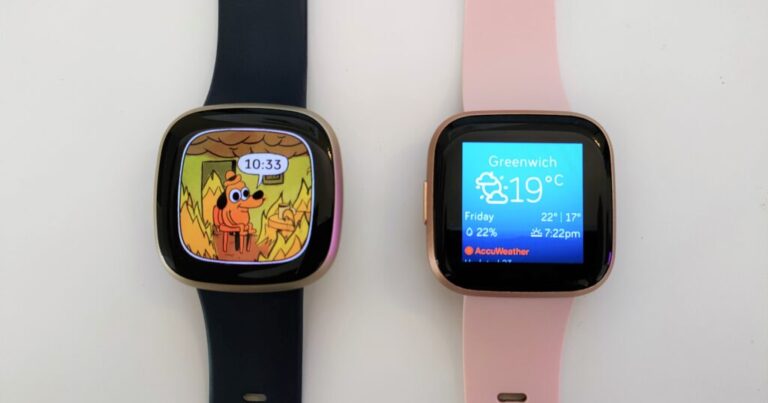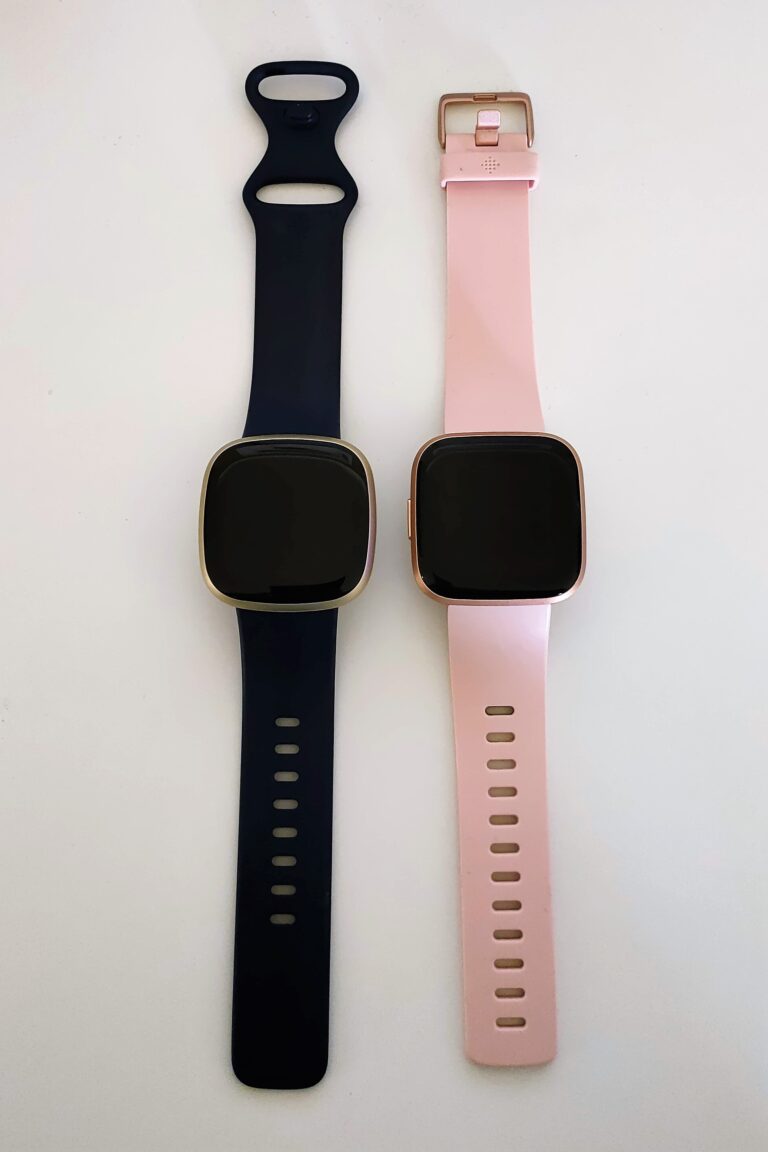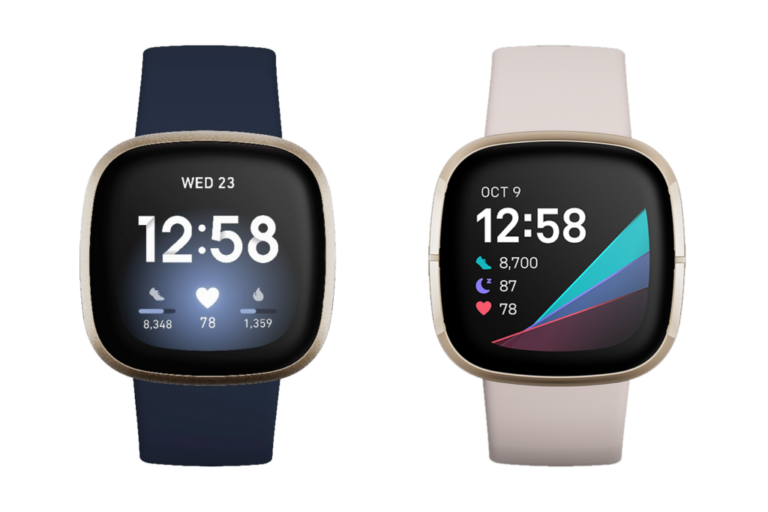Optus Mobile Review ALDI Mobile Review Amaysim Mobile Review Belong Mobile Review Circles.Life Review Vodafone Mobile Review Woolworths Mobile Review Felix Mobile Review Best iPhone Plans Best Family Mobile Plans Best Budget Smartphones Best Prepaid Plans Best SIM-Only Plans Best Plans For Kids And Teens Best Cheap Mobile Plans Telstra vs Optus Mobile Optus NBN Review Belong NBN Review Vodafone NBN Review Superloop NBN Review Aussie BB NBN Review iiNet NBN Review MyRepublic NBN Review TPG NBN Review Best NBN Satellite Plans Best NBN Alternatives Best NBN Providers Best Home Wireless Plans What is a Good NBN Speed? Test NBN Speed How to speed up your internet Optus vs Telstra Broadband ExpressVPN Review CyberGhost VPN Review NordVPN Review PureVPN Review Norton Secure VPN Review IPVanish VPN Review Windscribe VPN Review Hotspot Shield VPN Review Best cheap VPN services Best VPN for streaming Best VPNs for gaming What is a VPN? VPNs for ad-blocking For context, the Versa 2 retailed for $329 at launch (and still goes for $299). For the extra dosh, you get an in-built GPS, speaker, Google Assistant and improved heart rate tech. We’ll go into more about how the two models compare later. The Versa 3 is roughly the same size, shape and weight as its predecessor, but there are a few notable differences. Firstly, the physical button on the left side of the device has been replaced with a haptic pressure sensor, which is an interesting decision. Sure, it looks neater, but in practice, I found myself missing the Versa 2’s beautifully normal button. The Versa 3’s replacement just isn’t as responsive, and sometimes, it really needs a good push, which my weak lady hands couldn’t always get right.
As you’d expect given its price point, the Versa 3 is a feature-packed little beast. Like its predecessor, it tracks your heart rate, blood oxygen level, sleep, steps and altitude and boasts a microphone (with Alexa support), quick replies (Android only, soz iPhone users) and Fitbit Pay for supported banks. All of its health-tracking features work a dream, and so far I haven’t been able to find a watch better at sleep analysis. It definitely falls more on the fitness tracker side of the smartwatch spectrum, so if you want more phone connectivity options, you may want to look elsewhere. Previously, the only Fitbit model with an inbuilt GPS was the now-discontinued Ionic. For all other devices, you had to keep your GPS-enabled phone nearby if you wanted to track your route. That’s changed this year, with the American manufacturer introducing a native GPS tracker in both the Versa 3 and the Sense. I was keen to give it a go, as running with a phone in hand isn’t ideal, and I wanted to run unencumbered like an excited puppy. Unfortunately, I was a little let down by the GPS. I went on one walk or run each day I tested the Versa 3, and every time, I’d get at least one little buzz notifying me the GPS had disconnected. Admittedly my route is pretty tree-covered, which may have interrupted the signal, but we’re not talking a rainforest canopy here. Back to carrying my phone, I guess. The Fitbit Versa 3 also introduces a speaker, which in theory should allow you to receive Bluetooth calls from your android phone. Sadly, this, along with Google Assistant support, are still ‘coming soon’. We’ll be sure to update our review when we’re able to give the new features a go. As for apps, it’s a bit hit and miss. The only music apps available are Spotify (which only allows you to control what’s playing on your phone) and Deezer. Fitbit’s own apps are great, but most third-party apps are created by smaller developers and not a lot of larger services, and some require a one-off payment. The same applies to watch faces, however, there’s a much wider selection available compared to the somewhat limited app library. There are a few things that Fitbit does better than any of its competitors. Sleep tracking is one, and battery life is certainly another. When I bought my Versa 2 earlier this year, the thing that convinced me to go with it and not an Apple Watch was the battery life. Fitbit self-reported five days of battery life, and in reality, I found I could even stretch it to a week. The Versa 3 is even better, with six days that I’ve again been able to make last an extra one or two days. If, like me, you’re not keen on the idea of having to charge a watch every single day, the Versa 3 is for you. If you’re reading this, chances are you’re in the market for the Versa 3, and if you’re in the market for a Versa 3, you’re probably tossing up between it and the new Fitbit Sense. The Fitbit Sense is essentially a Versa 3 with extras, but given one of those extras isn’t even available down under, we’d recommend sticking with the Versa 3. The Fitbit Versa 2 was one of our favourite gadgets from 2019, and the Versa 3 only improves upon it. It’s not the cheapest smartwatch on the market, but it’s certainly one of the best value, packing a whole lot into a stylish, lightweight body and all for under $400.
![]()
